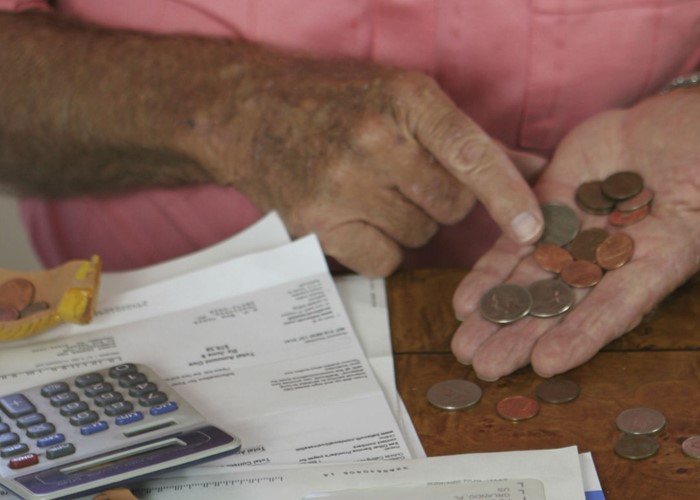Only 7% of the UK population is prepared for retirement

Nine in ten face a worse retirement income than they expect.
New research by Aegon has revealed that less than a tenth of the UK population is adequately prepared for retirement, with people falling on average £23,000 per year short of their expected retirement income.
Aegon undertook the research to tie in with the launch of its new digital service Retiready, which is designed to help people understand whether or not they’re ready for retirement. The service scores people on their 'readiness' for retirement before demonstrating how adjustments to pension contributions, planning and money management can make a difference.
Unprepared for retirement
Aegon surveyed 4,000 members of the UK public, asking questions about their behaviour, awareness and finances. Participants then had their pension ambitions scored against the reality of their current situation, to give a ‘readiness score’ out of 100. The average UK score was just 52 out of 100. Only 7% got a score of 70 or higher, the level required to demonstrate that they’re on track.
The UK population want an average annual retirement income of £35,000 but the overwhelming majority are set to receive a paltry £12,000 per year when they retire. More worryingly, only 3% seemed that they knew how to improve this.
Perhaps unsurprisingly 16-24 year olds are not as ready as those aged between 55 and 64 for retirement, but it’s something that this age group will have to think about sooner or later, so getting an early grasp on your retirement plans is a good idea.
And with 93% of us in for a shock when we retire, it’s about time we all had a look at the future.
Take control of your pension with a SIPP
The State Pension
The basic State Pension currently pays out a maximum of £110.15 a week per person, or £220.30 for a married couple. To earn this payout, you need to have paid 30 years of National Insurance contributions (each, if married). If you haven’t built up 30 years of contributions, you can buy extra years from HMRC to plug the gaps. These voluntary payments are termed ‘Class 3’ contributions. You can buy these years even when you are retired.
However, the State Pension will rise to a flat-rate £155 weekly payment in April 2016. But you’ll need to have made 35 years of contributions rather than the current 30.
For those who will reach the State Pension age before 6th April 2016, there is another way to top up your pensions, with Class 3A Voluntary National Insurance Contributions, through which you can add an extra £25 a week to your State Pension. To learn more, read New State Pension top-up scheme explained.
Pension Credits are also available for those on low incomes. For information on these and to find if you’re eligible and how to claim, visit HMRC’s website.
Take control of your pension with a SIPP
Pension planning
The basic State Pension will probably not cover a particularly comfortable retirement, so it’s important to consider your pension plans in more detail. For advice on getting started read How-to start a pension.
Workplace pensions
Workplace pensions are arranged by your employer. A percentage of your pay is taken from your wage and paid into the pension scheme. At the same time, the Government and your employer will be contributing to the pot. This money is then invested a pension programme and you will receive a pay out when you retire (aged 55 or over).
Soon, everyone in the country will be automatically enrolled into these schemes, but you can choose to opt out. For more information on workplace pensions, read Workplace pensions: what it means for you.
Personal pension plans
You don't have to wait for your employer to join workplace pensions though. You may already have a personal pension plan in place.
With a personal pension plan, you invest money in regular payments or make one-off payments, benefitting either way from basic rate tax relief.
Your investment is managed by a pensions company, and the amount you get when you retire depends on how well your investment performed, how much you paid in over your career and how you decide you want it paid out.
Self-invested personal pensions (SIPPs)
SIPPs, on the other hand, allow you to take control of your pension pot and invest it as you see fit. This can result in a better growth in your pension pot than simply leaving it in someone else’s hands. SIPPs also benefit from basic rate tax relief. For more information, read How to put together your SIPP.
What are you doing to save for your retirement? What sort of income do you expect in your later years? Let us know your thoughts in the comments box below.
Take control of your pension with a SIPP
More on pensions
Workplace pensions: what it means for you
New State Pension top-up scheme explained
Comments
Be the first to comment
Do you want to comment on this article? You need to be signed in for this feature